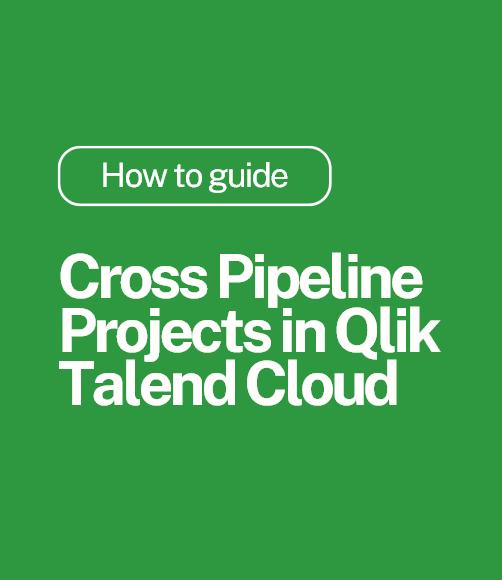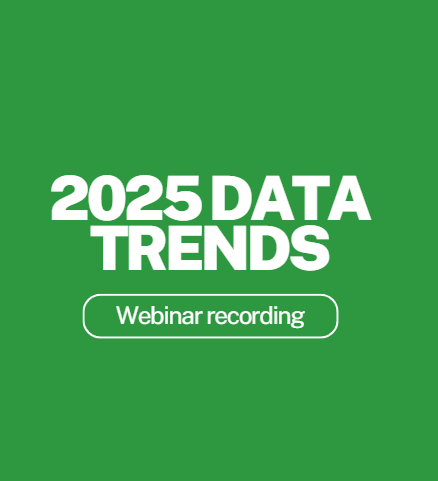Data Visualisation Pitfalls and How To Avoid Them
We have seen the data visualisation pitfalls of excel for a decades until companies like Qlik came along. Since then, everything has changed.
Our charts have become interactive and you can work directly with the data you see. You can interact with the visuals to dig deeper and you can navigate through all your information like never before. In short, thanks to QlikView and Qlik Sense, you can interact with your data as quickly as you think.
These intuitive platforms clarify complex data swiftly and efficiently, meaning you can see outliers, patterns, trends and correlations that simply wouldn’t be visible in the rows and columns of days gone by. Today, understanding your data is a much simpler prospect because, as we all know, pictures are worth a thousand words.
However, to experience the true benefits of data visualisation, you must first avoid the pitfalls. So, as the UK’s leading Qlik experts, we’ve put together a list of the top five pitfalls we commonly see when it comes to visualising business data.
Data Visualisation Pitfalls #1 – Colour Abuse
Colour has its place but it’s important not to overdo it in data visualisations. The wrong colour can lead to confusion or even worse, misinterpretation.
Analysis always comes first. So, despite what your branding department might say, brand colours are often not the best choice for visualisations. Consider the colour blind and use shapes and colours that are easiest for people to see. Don’t rely on colour alone to convey meaning.
Data Visualisation Pitfalls #2 – Misuse of Pie Charts
We all love a good pie but nothing is less satisfying than a tiny sliver. If you try to squeeze too much information into a pie chart, the big picture gets lost. Too much detail leaves your audience feeling unsatisfied and confused.
Pie charts work best for limited dimensional values that let you easily distinguish each slice of the pie. Use pie charts to compare parts of a whole but don’t use them to compare different sets of data. Order your slices from largest to smallest for easier comparison.
Data Visualisation Pitfalls #3 – Visual Clutter
Making discoveries in a cluttered visualisation is like finding a needle in a haystack. Too much information defeats the purpose of clarity and unnecessary elements crowd a visualisation, obscure meaning and lead to inaccurate conclusions.
Limit the number of objects in a dashboard to eight or less. Too many objects are distracting, so remember to keep the visualisations simple. The less there is to interpret, the easier it is to understand. If your visual looks cluttered, try a different format. The cleanest format is usually the best.
Data Visualisation Pitfalls #4 – Poor Design
Just because a visualisation is beautiful to look at doesn’t mean it’s effective. Effective visualisations incorporate design best practices to enhance the communication of data. Don’t just create visuals and dashboards; design them. Work with designers to ensure that the visualisation is as effective as possible.
Think about how your users will navigate through your Qlik apps – what do they need to see, how do they need to see it, what additional context will they require and how will they access this? It’s worth answering all these questions before building your visualisation.
Data Visualisation Pitfalls #5 – Bad Data
Great visualisations start with great data. If your visualisation reveals unexpected results, you may be the victim of bad data. Don’t let your visualisation become the scapegoat for bad data.
Use your charts to spot issues with your data and address those issues before presenting your data. Don’t let your visualisation take the blame for bad information. It’s important to understand the difference between an unexpected discovery and a data issue.
It you stick to these five rules, you’ll be on your way to creating an effective visualisation. Don’t forget though, we’re always here to help if you have any questions or need some assistance. Just give us a call!
Don’t forget to stay up-to-date with all the latest Qlik news, tips and tricks as well by following Ometis on Twitter, LinkedIn and subscribing to our YouTube channel for step-by-step guides.





Comments